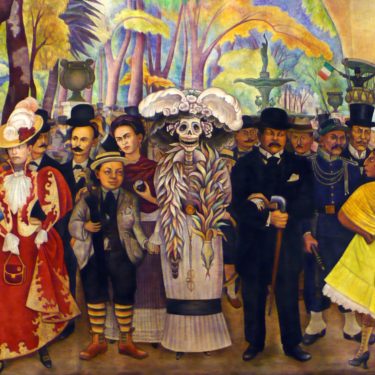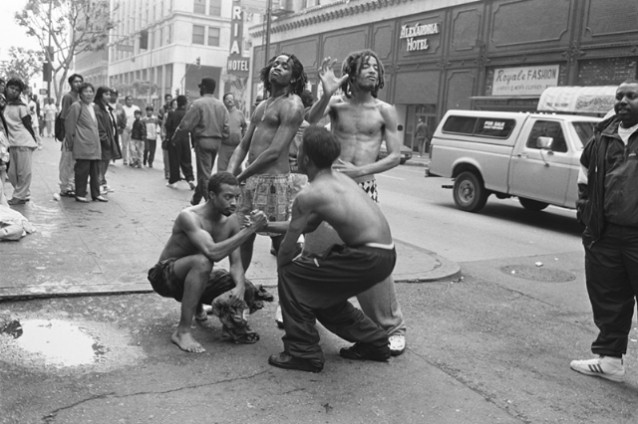It simply was not working—not for the facilitators and not for the students. Deep into the second semester of a Portland, Oregon middle school that had chosen to adopt VTS, Mirka Jablonksi, an experienced VTS trainer, visited an eighth-grade classroom. Though she was there to demonstrate VTS and coach the teacher on their facilitation, the discussions themselves were short and unproductive to the point of non-existence. Clearly, the curriculum was failing this classroom. Disengaged, some students were reading to themselves, some were looking out the window, some even had their headphones on and their heads down; several made efforts to disrupt the conversation. How should a facilitator respond in such a situation?
Student Advisory Board
After the lesson, Jablonski debriefed with the teacher and a smaller group of students. She listened attentively, took careful notes, and eventually asked, “What about this is the most frustrating?”
One problem the students readily identified: they simply did not connect with the images. In a classroom evenly split between African American and Latinx students, the two European genre paintings that comprised that particular lesson were not of interest. VTS begins with asking students to take a quiet moment to look at a carefully selected art image, but these images had not been carefully selected for this group of skeptical middle-school students.1 In a school already burdened by a host of new initiatives, Jablonski, a white trainer, felt she was yet another in a long line of outsiders entering the classroom with a curriculum that the students did not see as relevant to them. Jablonski talked to the students about what they would rather see and then asked, “If I put some images together based on our conversation, would you be willing to help me with this?”
The students agreed and so they formed what they called the Middle School Student Advisory Board. Their first job was to provide feedback on the new images. Taking their interests as a starting point, Jablonski searched for artworks that were more likely to resonate and came back with a small selection of images, including Kehinde Wiley, Frederick Jones, Lisa Leone, and Diego Rivera.
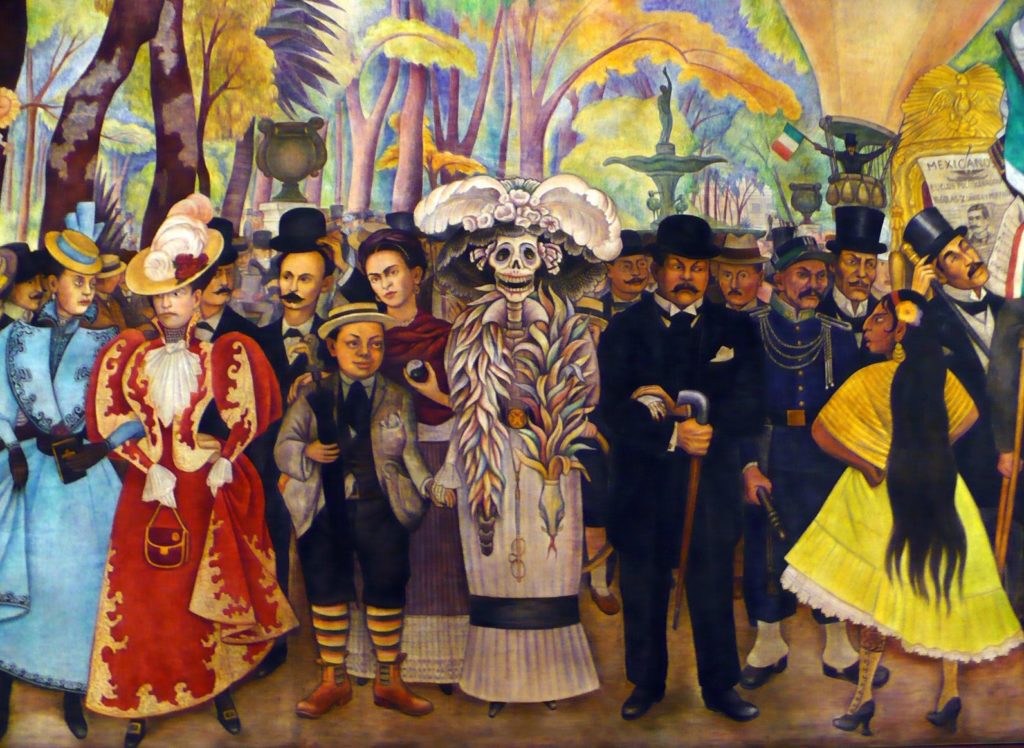
Diego Rivera, Sueño de una Tarde Dominical en la Alameda Central (detail), 1946-1947; 51 ft x 15 ft; Museo Mural Diego Rivera, Mexico City
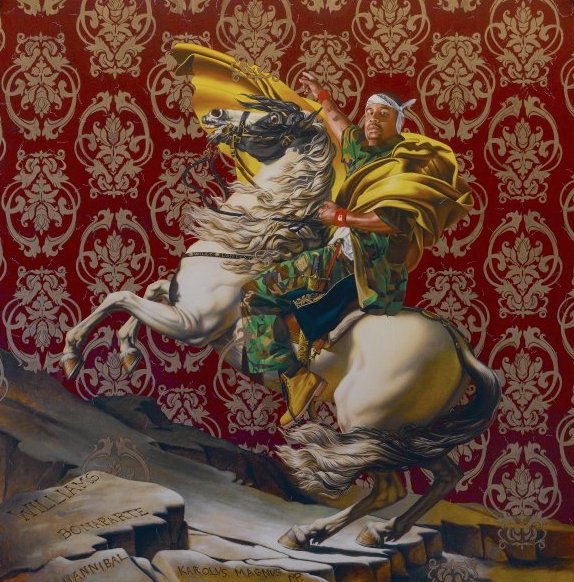
Kehinde Wiley, Napoleon Leading the Army over the Alps, 2005; Oil on canvas; 108 x 108 in; Brooklyn Museum, New York
When she returned, Jablonski also brought Kim Aziz, another experienced VTS trainer, with her. “All learners need choice,” Aziz later observed, “but not every learner needs this much choice in order to be engaged. For these middle school students who had not previously been exposed to VTS, it was necessary to significantly scaffold the experience.” Rich discussions require an underlying set of skills, but perhaps more importantly, a sense of community and purpose. Students have to trust the facilitator and one another enough to want to speak up. This was clearly lacking at first, but by listening to and learning from the students, the trainers helped to shift this dynamic. With the Advisory Board, students had an opportunity to help shape the curriculum using their knowledge and expertise. Rather than feel alienated from their education, they became invested in it.
The process, however, was labor-intensive; even though it meant that in effect they would be volunteering their time, the trainers made a commitment to return once a week to work with the class.
After each lesson, students filled out a brief questionnaire meant to evaluate the image and provide an opportunity to reflect on the discussion itself. After an early lesson, in response to the question, “What about this image worked for you?” a student wrote, “That I listened when someone was talking.” By the third visit, a student replied, “I was actually engaged in the conversation and I like pointing things out in the image.”
Now that the image selections were more interesting and culturally relevant to the students, one piece of the puzzle was in place; but students still needed support speaking and listening to one another. So the trainers experimented with modifying their VTS facilitation itself, incrementally adapting their technique in an effort to find effective interventions.
Moving around the room
Early on, they realized that with the benefit of two facilitators in the room, one could lead the conversation while the other moved throughout the room having side conversations with students. With permission, the facilitator embedded in the group could then share a student’s thought, essentially paraphrasing their comment as a form of mediated participation. At first, they focused on students who were beginning to get distracted from the conversation, but shifted over time to encourage some of the quieter voices.
Another key adaptation: rather than remaining at the front of the room in order to point at the picture, the trainers moved closer to any student who raised their hand in order to hear the comment clearly and keep the attention on the speaker. Pointing is an integral part of VTS, but this subtly redirected the pointing from the image to the speaker; it still served some of the same functions as pointing—maintaining the focus of the group, for instance—but shifted the focus to the person who was speaking. Before the class could have rich discussions of artworks, they had to have practice with foundational discussion skills. Prioritizing the facilitator’s position in the room over pointing proved to be an effective scaffold.
As opposed to
But there was another problem: the trainers noticed that when they asked the second question, “What do you see that makes you say… ?” they often got an adverse reaction. “What do you mean?” a student might respond, “Because it looks like it.”
Asking for evidence, it seemed, was not landing well with this group. Students felt as if they had already answered the question, or worse, that the question itself was patronizing.
Faced with a situation in which the second question was not communicating, the trainer improvised a modification. In response to the student comment, “It looks like they are coming from a funeral; they are all dressed up,” she replied, “You’ve come up with a theory about where this group has been based on what they are wearing. What do you see that makes you say they have come from a funeral, as opposed to a wedding, or a piano recital, or a party?”
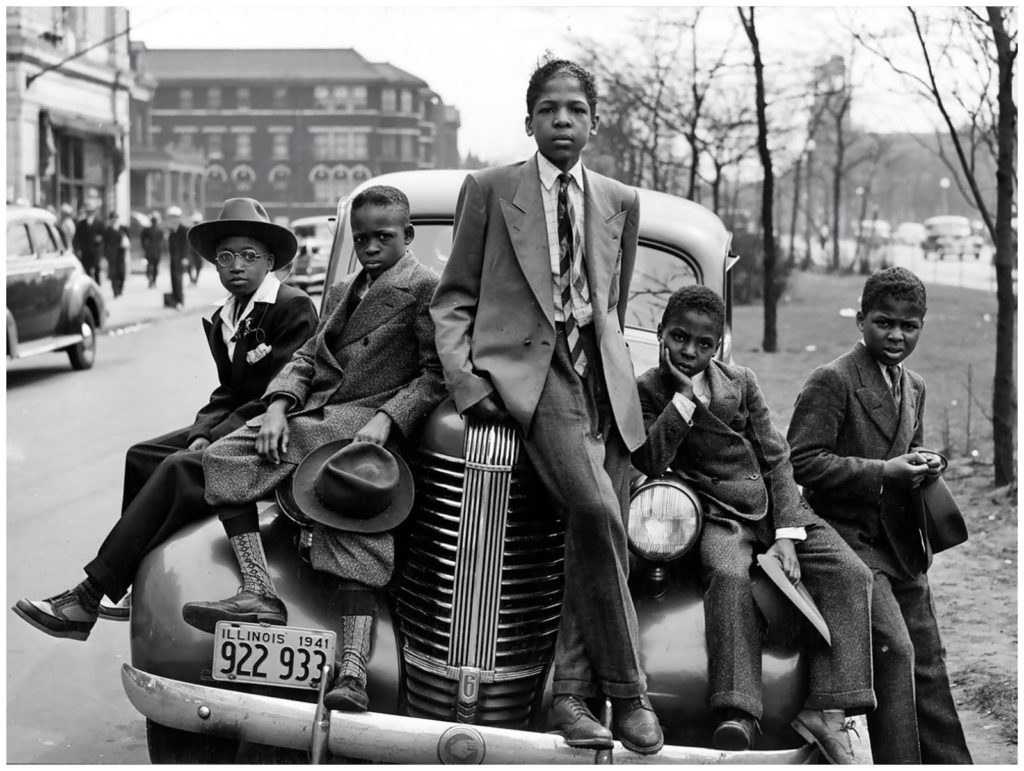
Russell Lee, Negro Boys on Easter Morning. Southside, Chicago, Illinois, 1941; Farm Security Administration/Office of War Information collection at the Library of Congress
With the addition of the language “as opposed to,” students suddenly understood the question much more clearly. It cracked the conversation open and they started to offer more evidence for their ideas. Voices chimed in throughout the room, eager to weigh in.
Whenever a student makes a comment, they are making a very specific choice in terms of the words that they select. As facilitators, it is important to honor that choice. Adding a list of opposites to the second question allows students to see their own choice of language with greater clarity. It highlights their decision and frames it, in effect allowing the student to hear their choice as a choice, embedding an opportunity for metacognition into the question itself.
Consider the question again: since the student has already provided some evidence in their comment, the question What do you see that makes you say funeral? is not ideal; What do you see that makes you say dressed up? is a non-starter: the answer is self-evident and the student might feel insulted. Funeral, however, is still an inference worth exploring: inserting the language of opposition makes the question more answerable at the same time that it demonstrates truly careful listening, thus helping the student feel validated rather than patronized.
Around that time, Jablonski came across a passage by Nancy Duarte: “People are naturally attracted to opposites, so presentations should draw from this attraction to create interest. Communicating an idea juxtaposed with its polar opposite creates energy. Moving back and forth between the contradictory poles encourages full engagement from the audience.” Suddenly, she felt she understood why this modified second question was so effective.
Adding language that includes opposites to the second question makes the question itself more interesting and more fun to answer. Confronted with a situation where their student-centered pedagogy was not meeting the needs of the students, the trainers made a major innovation. Now, they say, they are using their modified second question all the time.
Conclusion
Rather than ask the classroom to adapt to VTS, the trainers listened to the students and worked to make VTS fit their needs. These four factors—ample time, working with students to help select and reflect on the images, modifying VTS to accommodate a class unaccustomed to open discussion, and innovating a new form of the second question—helped reorient the culture of the classroom. In the end, VTS not only functioned, but flourished. Today, the top of each page of the VTS Middle School curriculum proudly proclaims: “This image set was created in collaboration with the Middle School Student Advisory Board at Martin Luther King Jr. School in Portland, Oregon.”
Questions or comments? Contact us.
Footnotes
- 1 - For more information about selecting images for VTS discussions, join us for our first Image Selection Workshop in Los Angeles in June.

